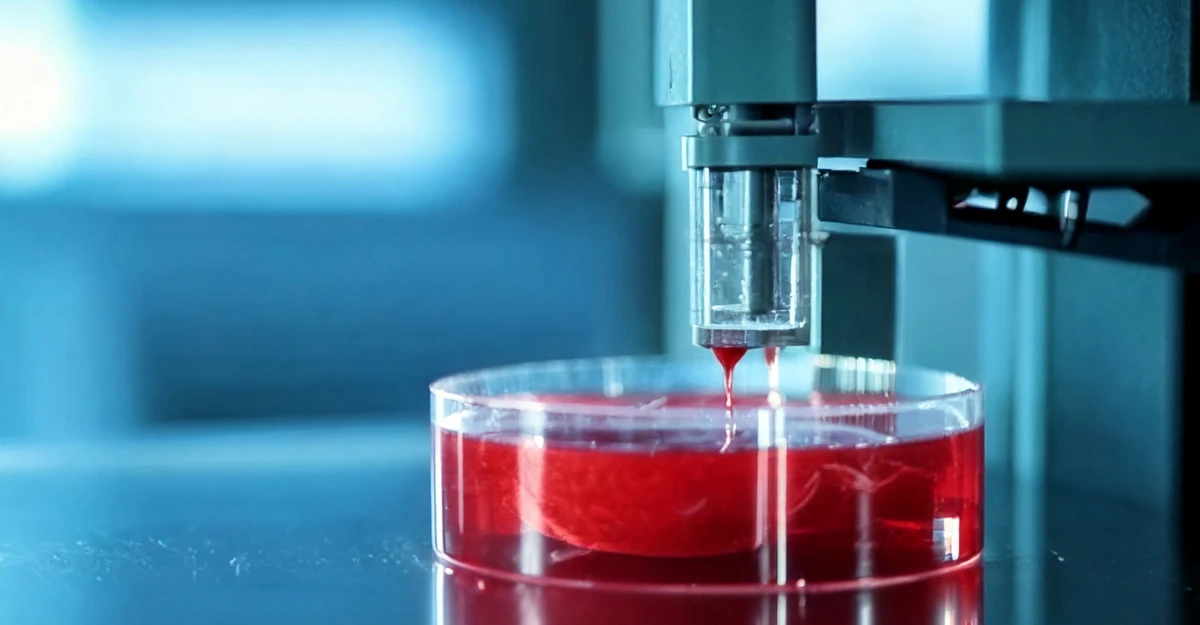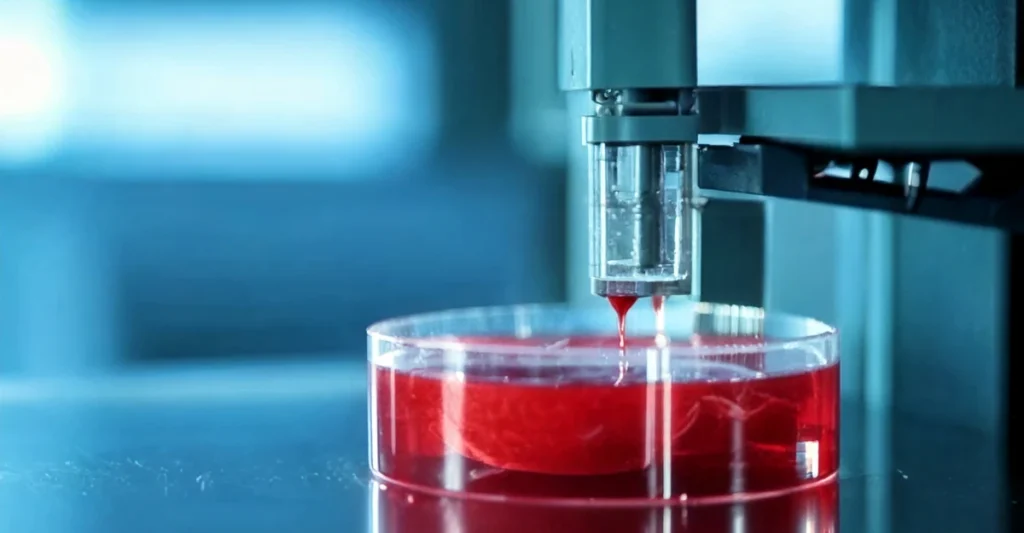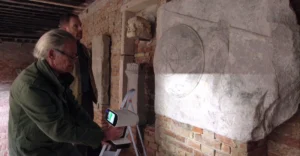POSTECH researchers developed a 3D-printed platform, HICA-V, mimicking a real pancreas to grow functional insulin-producing cells, advancing diabetes treatment and research.
This latest development is a major breakthrough wherein scientists had 3D printed the insulin-producing cells to reverse diabetes.
The breakthrough, reported Friday by a team of researchers at the National Institute of Biomedical Engineering, involves a specialized bioprinting technique that forms three-dimensional scaffolds where insulin-producing beta cells can grow and function.
“This technology allows us to precisely position cells in a structure that mimics the natural pancreatic environment,” said Dr. Sarah Chen, lead researcher on the project. “The cells not only survive but demonstrate normal insulin production in response to glucose levels.”
The team’s method uses a bioink containing stem cells that are programmed to develop into beta cells. The 3D-printed structures provide necessary support and allow nutrient flow, creating conditions that encourage the cells to mature and function properly.
Early results indicate the bioprinted cells react to shifts in glucose concentrations by secreting suitable quantities of insulin, just as healthy pancreatic cells do in the body.
If realized, this breakthrough could one day make it possible to provide patients with Type 1 diabetes — whose bodies cannot naturally produce insulin — with transplantable tissues. Patients currently have to inject (or receive) insulin all their life through pumps to control the disease.
“We’re still in early stages, but the potential to create personalized, functional pancreatic tissue using a patient’s own cells could transform diabetes treatment,” said Dr. Michael Rodriguez, co-author of the study published in the journal Biomedical Engineering Today.
The researchers expect clinical trials to begin within two years, following further refinement of the printing process and additional safety testing.
































